MEAN vs MERN: Which Stack Reigns Supreme in Full-Stack Development?
MEAN, and MERN are two popular stacks used in full-stack development. While both stacks share many similarities, there are some key differences that developers should be aware of. Here are the main differences between the MEAN stack and the MERN stack:
🔧 Technologies: The main difference between the MEAN and MERN stacks is the front-end technology. MEAN stack uses Angular, a popular front-end framework, while the MERN stack uses React, another widely used front-end library. Both stacks use MongoDB for the database, Express for the back-end framework, and Node.js for the server-side language.
📖 Learning Curve: While MEAN and MERN stacks have a similar learning curve, the MERN stack may be slightly easier for developers new to full-stack development. This is because React has a simpler syntax and is easier to use than Angular.
👥 Community: MEAN stack has a larger community of developers, which means more resources and support are available for developers. However, the MERN stack has gained a significant following and a growing community.
📈 Scalability: MEAN and MERN stacks are highly scalable, but the MEAN stack may be slightly more scalable due to Angular’s built-in support for large-scale applications.
⚡ Performance: MERN stack is known for its fast performance, as React is highly optimised for quickly rendering large amounts of data. Meanwhile, the MEAN stack may be slightly slower due to Angular’s heavier syntax.
🧪 Testing: MEAN stack has testing capabilities with Protractor, while the MERN stack does not have a built-in testing framework. However, there are many third-party testing tools available for React.
In summary, the MEAN and MERN stacks are excellent for full-stack development. The choice between the two stacks ultimately depends on the project’s specific needs and the developer’s preferences. When choosing between MEAN and MERN stacks, developers should consider factors such as front-end technology, learning curve, community support, scalability, performance, and testing capabilities.
Which stack will you choose for your next full-stack development project? Let us know in the comments below!

